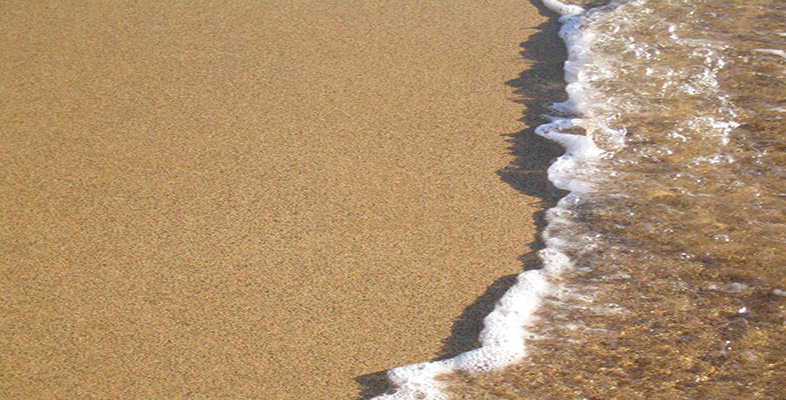5.5 Variscan Orogenic Belt
Unlike the Caledonian Orogenic Belt, outcrops of the Variscan Orogenic Belt are limited to the south-west of England, southern Wales and the south of Ireland (see Figure 9 and Figure 11). However, this does not mean that the effects of the Variscan Orogeny were limited only to these southern regions.
Use the Ten Mile Map (S) in conjunction with Figure 9 to answer the following questions about the Variscan Orogenic Belt, and to explore the geology and structures that make up this lithotectonic unit.
Question 14
From the stratigraphic key on the Ten Mile Map (S), what is the stratigraphic age of the rocks in the Variscan Orogenic Belt (i.e. south of the Variscan Front on Figure 11)?
Answer
The Variscan Orogenic Belt consists primarily of Devonian (75–8) and Carboniferous (79–83) strata, with older metamorphic rocks at Lizard Point and Start Point. In older books and maps, the Lizard Point was incorrectly assigned to the Precambrian. Recent radiometric dating suggests that most of the rocks in this terrane were actually formed during the Devonian.
Question 15
What are the major igneous intrusions present within the Variscan Orogenic Belt in the south-west of England? Are there any similar intrusions in southern Wales? (If you have a geological map of Ireland, you can answer the same question for Counties Cork and Kerry in the south-west of Ireland.)
Answer
The large red outcrops of unit 34 are granites that trend from Dartmoor, south-westward down to the Isles of Scilly. Although there are seven discrete granitic outcrops in this area, geophysical surveys have revealed that these are connected at depth, forming one large regional sheet-like plutonic batholith. There are no equivalent plutonic bodies in southern Wales or Ireland associated with the Variscan Orogenic Belt.
Question 16
Look carefully at the stratigraphical units that make up the Variscan Orogenic Belt across south-west England and in southern Wales. Describe the folding that has occurred in these two areas.
Answer
From the Ten Mile Map, you should have noted that the Devonian strata (75–8) outcrop as two strips: one along the north coast of Devon, and the other along the south coast of Devon and running into Cornwall. These two strips of Devonian outcrop are separated by a belt of Carboniferous strata (80–3), which forms the axial part of a large synclinal structure. This fold structure is actually a complex syncline as shown by a variety of smaller-scale folds in the field. These are too small to be shown on the Ten Mile Map.
In southern Wales, across the Gower Peninsula, east of Worms Head (SS(21)4087) and in the southernmost part of West Dyfed in Pembrokeshire, north of St. Govan's Head (SR(11)9793), tight folds can be recognised with a WNW–ESE trend.
It is not possible to detect what lies below the Variscan Orogenic Belt from the Ten Mile Map, as the basement is not exposed. The small outcrop of Ordovician rocks (69) near Veryan on the south coast of Cornwall (SW(10)9238) is a small thrust slice and not a stratigraphic inlier.
